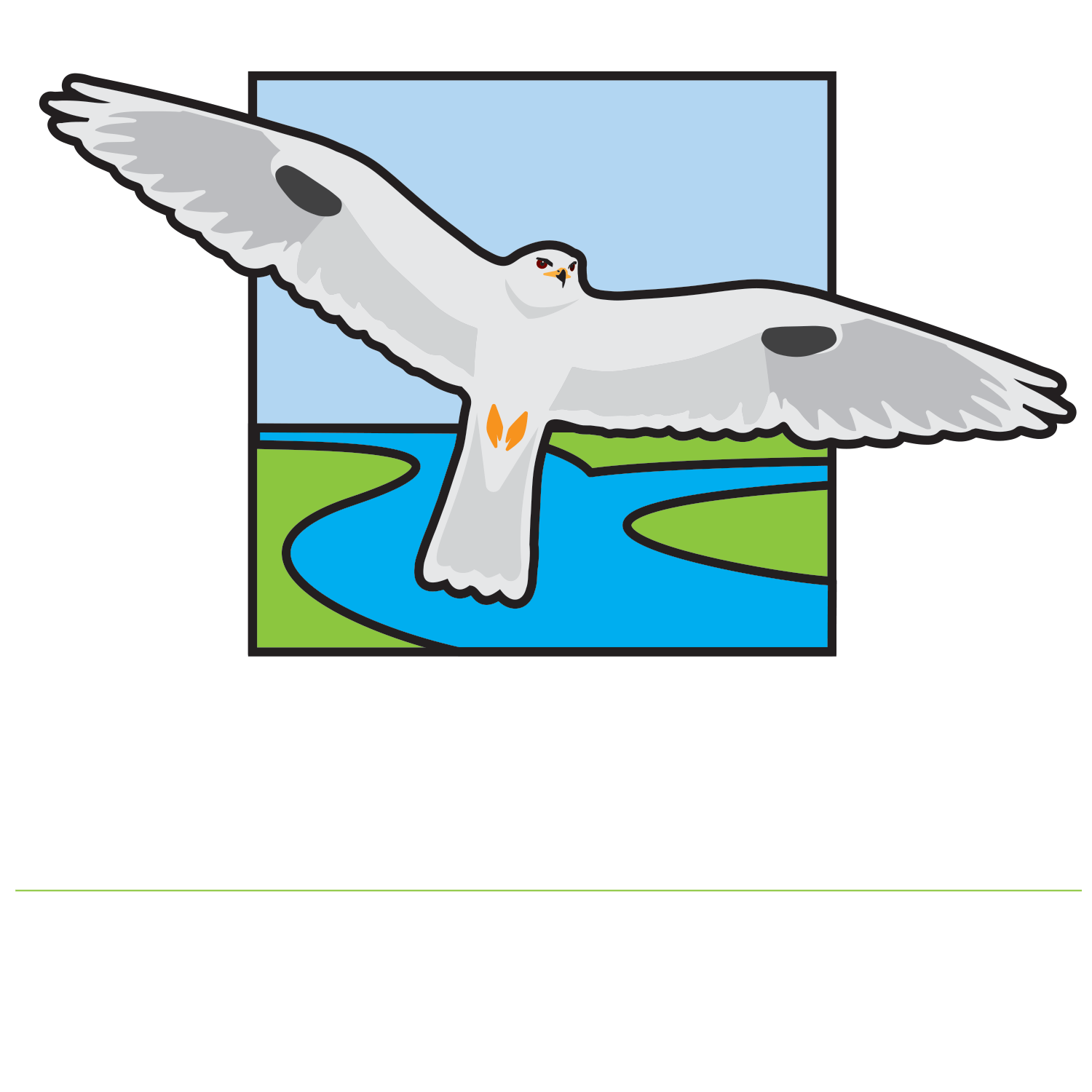As we begin 2025, the Conservation Committee has made the decision to develop a Conservation Strategic Plan. This planning document will be used to set priorities, identify short term and long term actions, and ensure we are working with and collaborating with other stakeholders that at least partially share our mission.
One of the goals of 2024 was to implement Mountain Plover surveys and outline a plan for the conservation of the species. Sacramento Audubon was asked to join a newly created Mountain Plover Working Group that included biologists from throughout the breeding and winter range of the species in the United States. As a group we realized that Mountain Plovers also had limited distribution in Canada and Mexico. Our Working Group soon became an international group as we added those two regions. Late in 2024, we recognized the importance of California as a wintering ground and formed a California Subcommittee with Sacramento Audubon, CDFW, USFWS, BLM, and Point Blue. In the coming year, we will be developing a California focused data needs document while outlining a strategy to get that data and identifying conservation actions for California. We will be convening a group to discuss developing a telemetry and/or MOTUS study to better understand the habitat use and distribution of the species in California. Using citizen science data and following up on a 1999 publication, we will also be completing a status and distribution paper which will help focus our geographic areas of conservation concern.
In December, I took on the role of cochair for Habitat 2020 Committee for the Environmental Council of Sacramento (ECOS). This role will allow me and Sacramento Audubon to take more of a leadership role in both conservation planning for our region and working with our partners to voice our concerns about proposed projects. I will be working with ECOS to include bird conservation objectives into documents like the Campaign for Protecting Natural Areas in the City of Sacramento produced by ECOS and Habitat 2020.
Education is a part of conservation. Our Education Committee will be looking to formalize our education programs, making it both easier for people to understand what we offer and to conduct directed outreach to particular schools/communities.
I hope you and your families are off to a great 2025, I am looking forward to what this year will bring for Sacramento Audubon, finding some great birds, and watching or Conservation Program continue to grow!
- Cliff Feldheim











